Delicious okonomiyaki that you can eat even when you are full
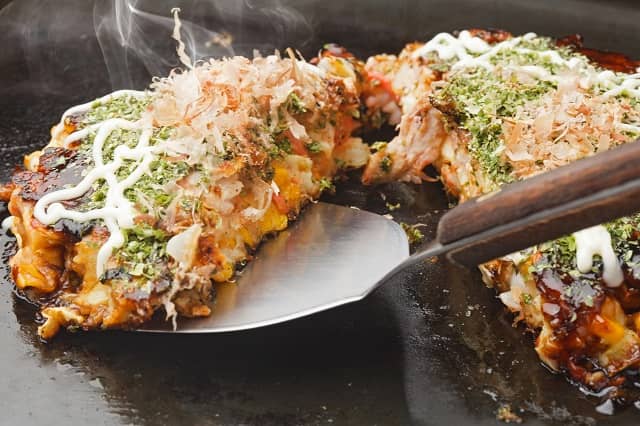
Firstly
Today, I’m trying a cooking article for the first time in this blog, and I just get started writing this blog, but this is exactly what I want you to read the most in my blog.
This post might be longer than you think, but please bear with me.
I like cooking and cleaning a fish pretty much because I longed to become a cook as a child.
Of course, since I’m not a chef, I cannot make anything too complecated, but when I thought about what an easy and good dish that I usually have, okonomiyaki that I’m sharing with you this time, came in first.
I think this blog is also read by foreigners because it is written in English, so I’ll briefly explain what okonomiyaki is to you first.
Okonomiyaki is a Japanese savory pancake containing a variety of ingredients.
Roughly speaking, there are two types of okonomiyaki, Osaka-style and Hiroshima-style.
Osaka-style okonomiyaki is made by mixing ingredients you like in batter and cooking, while Hiroshima-style involves placing ingredients on top of a thin crepe-like dough and cooking, and appearance, tastes, and textures are different.
I’m from Kansai area, so I’m sharing Osaka-style with you this time, but I like Hiroshima-style as well.
FYI, some okonomiyaki restaurants in Osaka offer customers Okonomiyaki Teishoku, or a set meal:
okonomiyaki with cooked rice and miso soup.
Many customers seem to enjoy eating okonomiyaki along with cooked rice and miso soup, and vice versa.
It’s very interesting that there’s lots of food culture by region even in small Japan.
I’ve never tried Okonomiyaki Teishoku before, but I enjoy Yakisoba Teishoku a lot.
Osaka is also close to Kyoto, and there is a lot of nice food there, so I used to go there a lot before COVID-19.
I really want to share Osaka specialties or something with you in here, but I’ll pass this time because it doesn’t make this post become all about okonomiyaki.
Now, let’s get down to the recipe.
Ingredients
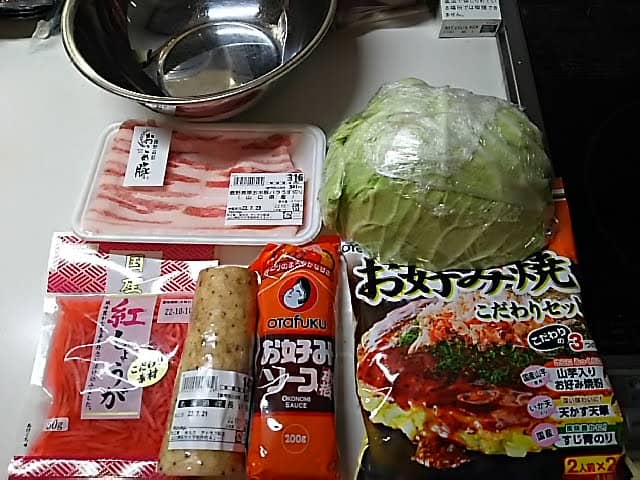
Sorry I forgot to take a photo of eggs and mayonnaise.
Here are the ingredients you will use:
- Pork ribs
- A quarter of a cabbage
- Two eggs
- Yamaimo mountain yam
- Kodawari set for okonomiyaki (refer to the following for the details)
- Beni shoga red pickled ginger
- Sauce
- Mayonnaise

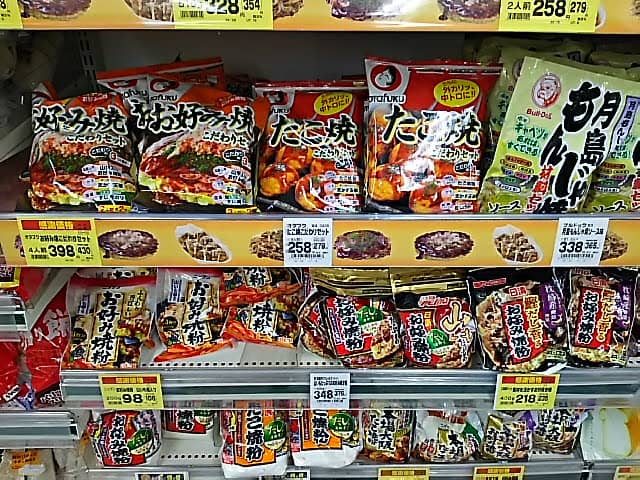
You might be confused about which flour and sauce to buy when you go to a grocery store to get okonomiyaki ingredients in Japan.
As for me, I always get Otafuku sauce and okonomiyaki flour, which is a Kodawari set.
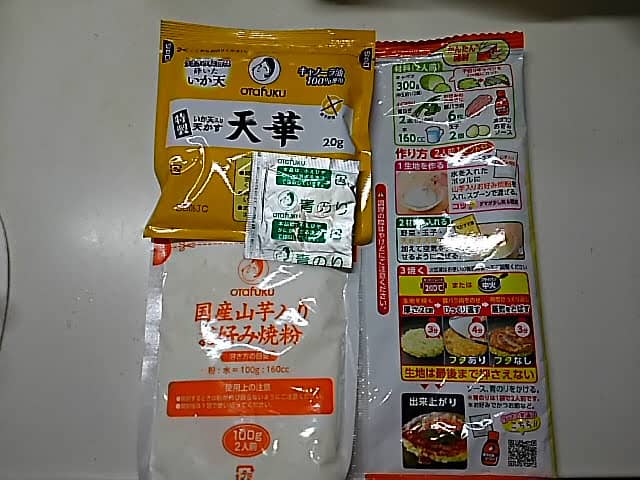
These are the contents of the set:
- Okonomiyaki flour including yamaimo
- Tenkasu tempura scraps
- Aonori green dried seaweed
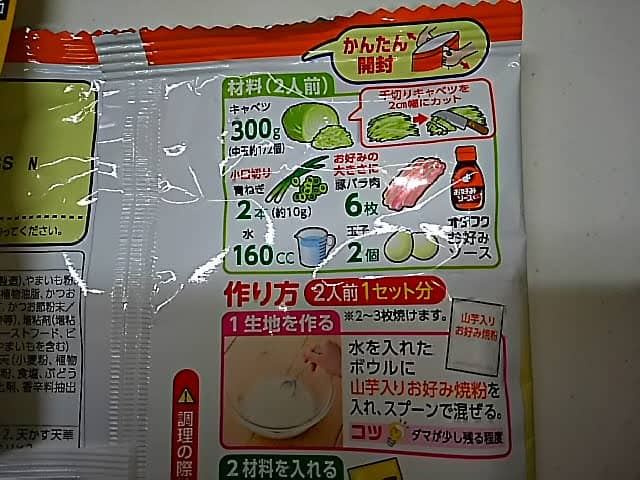

As long as all the ingredients are available, you can easily make okonomiyaki since the ingredients, the steps, and how to make them are on the back of the bag.
However, as this set is only for two okonomiyakis times two, if you have a big family, you’re better off buying okonomiyaki flour and condiments separately, which makes it cost-effective too.
There are some people who think katsuobushi dried bonito flakes are necessary, but I’m okay without them, so this set will do for me.
That’s all for the explanation of the ingredients.
Let’s get started!
Step 1Make batter for okonomiyaki
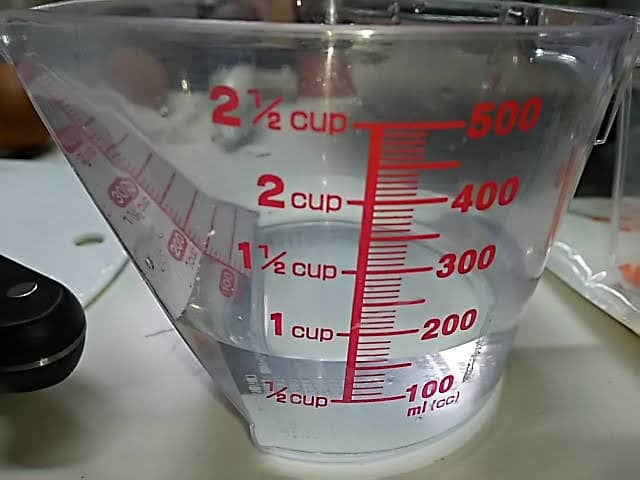
We are going to make two okonomiyakis this time, so prepare 160cc of water.
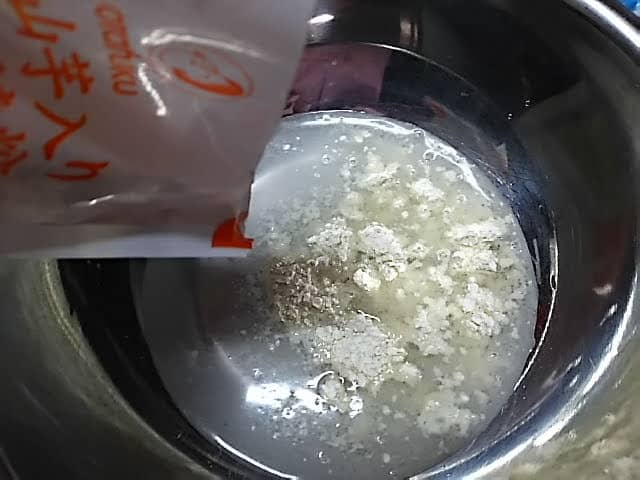
In a bowl, combine water and okonomiyaki flour and mix together with a spoon lightly.
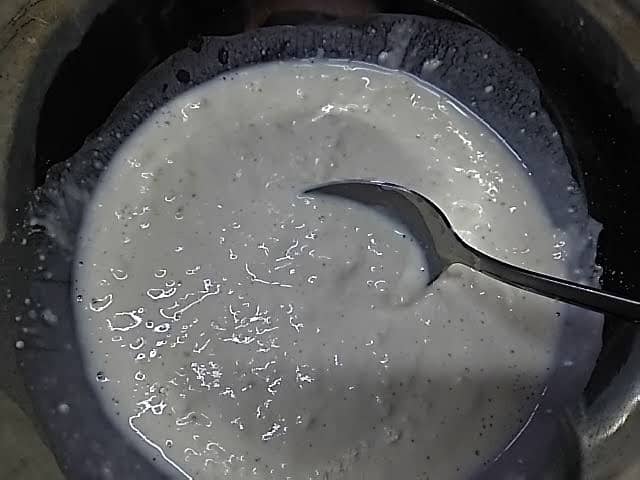
Don’t fuss if the batter becomes lumps like this.
Step 2Prepare the ingredients to add to the batter of step 1
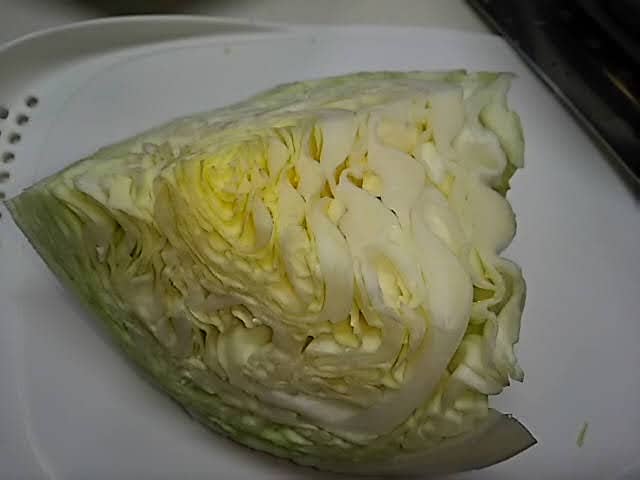
Discard the core of the cabbage and cut it in half, which means the quantity of cabbage used for today’s okonomiyaki is a quarter of it.
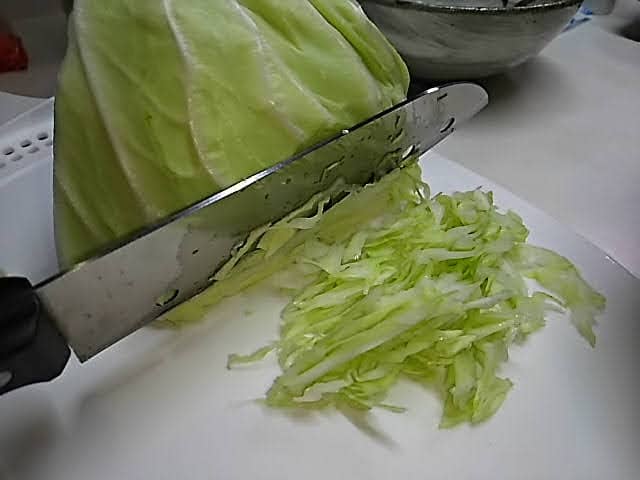
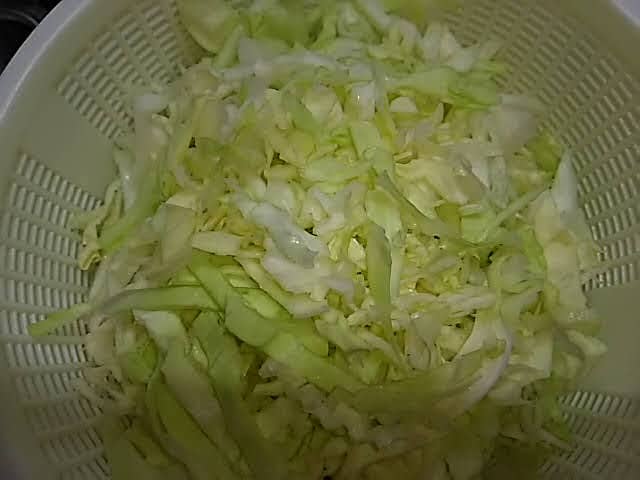
Cut the cabbage to shreds like this and put it in a colander or something.
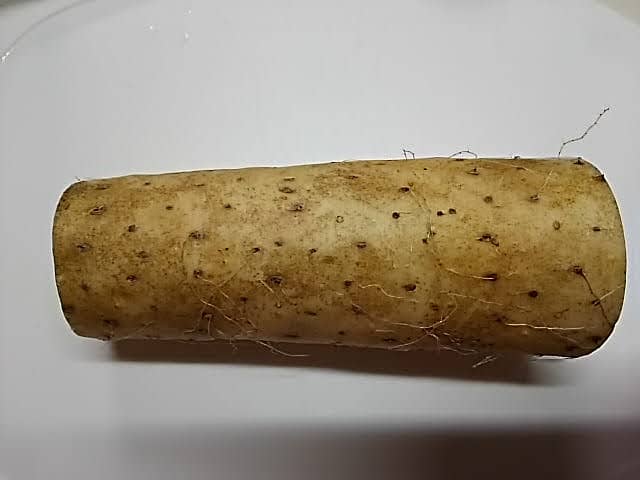

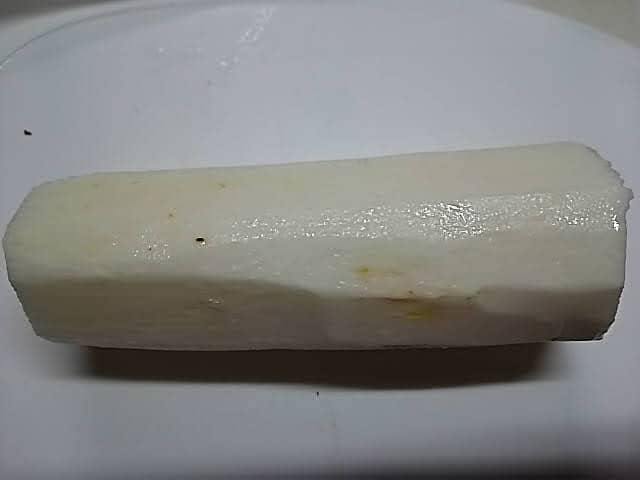
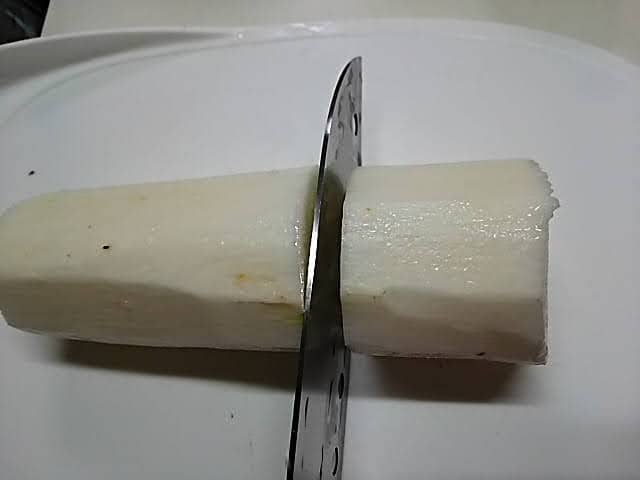
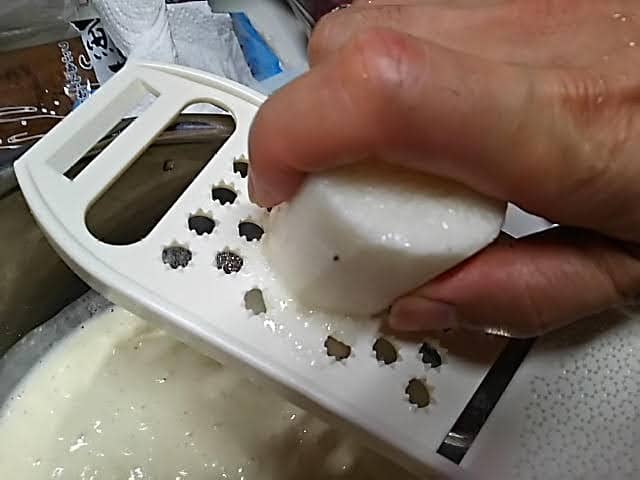
Next, peel and cut the yamaimo and grate it like this.
(Since yamaimo may cause itchiness, you should put gloves if necessary.)
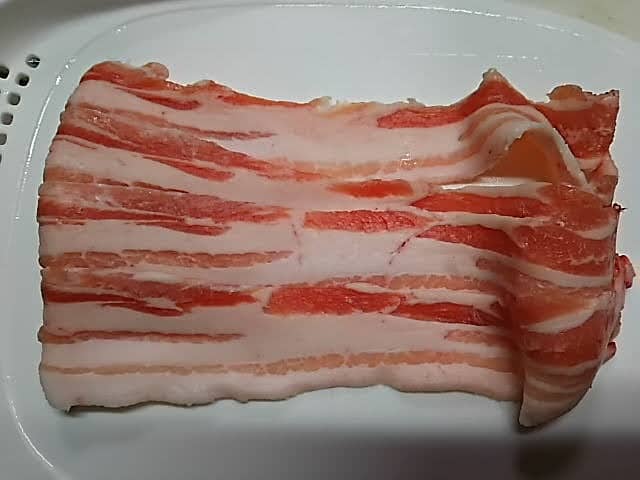
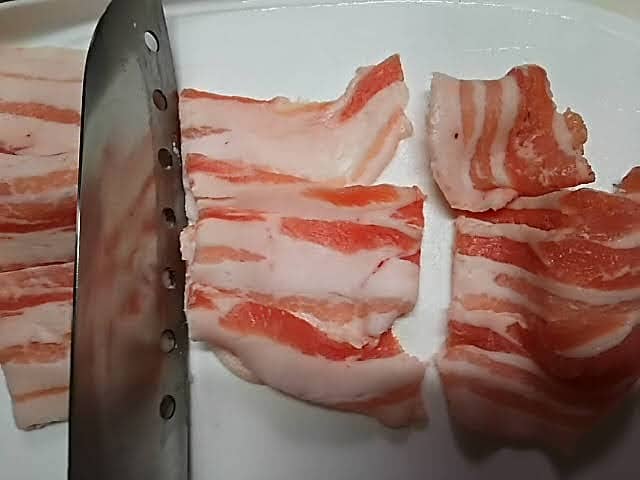
Cut the pork ribs like this, too.
Step 3Put the ingredients into the batter of step 1
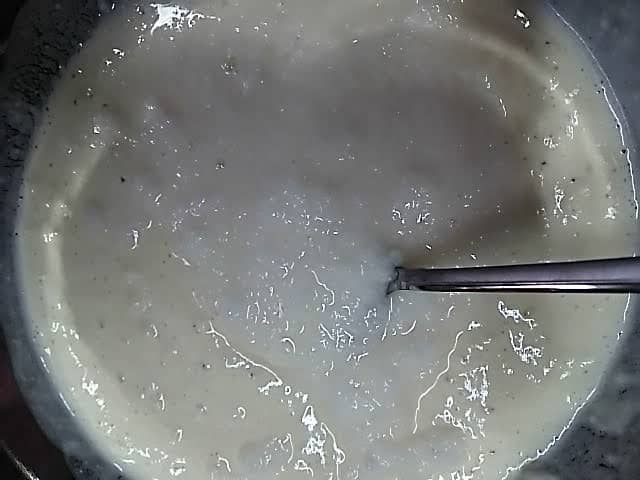
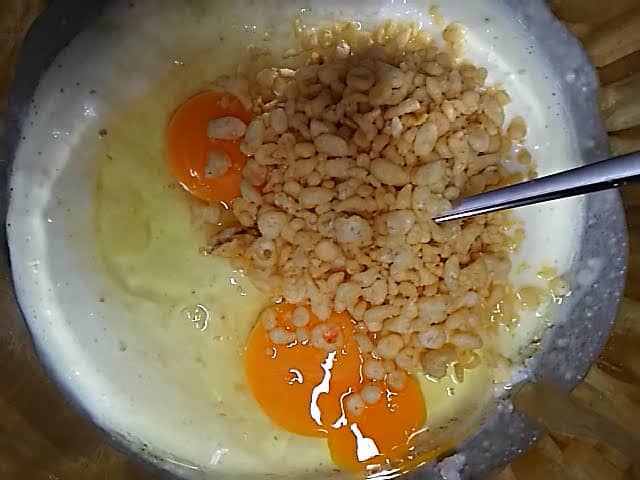
Add the grated yamaimo, tenkasu, and two eggs to the bowl of step 1.

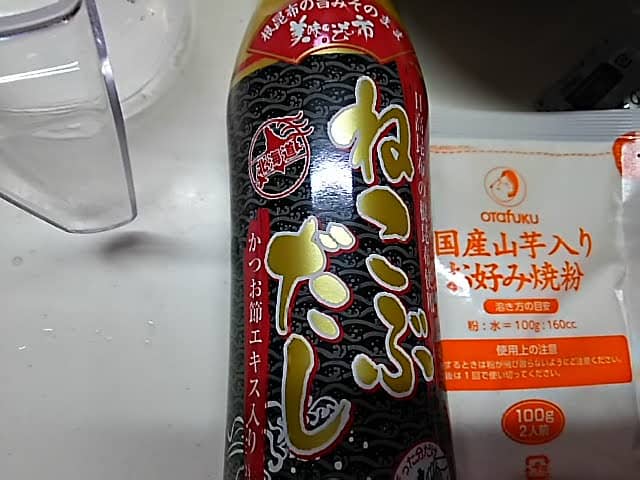
Here is a tip.
My batter must contain dashi Japanese broth.
That makes umami flavor increase more.
I’m going to use this dashi today, but you can use any liquid type of dashi.

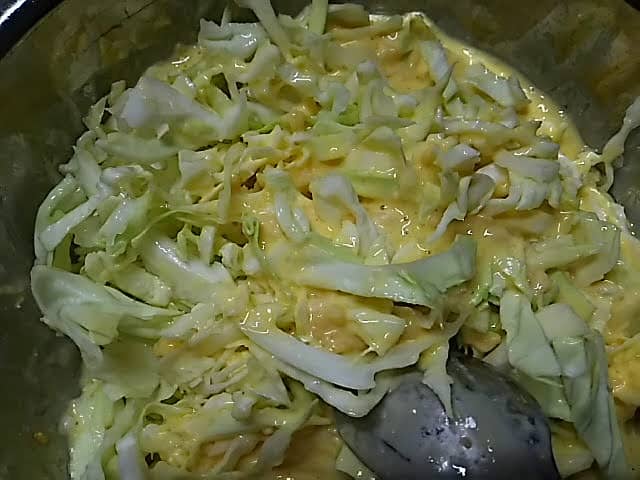
Add the cabbage of step 2 to the bowl and stir it lightly.
Something like this is okay.
Step 4Cook the batter on a pan

Pour oil on a pan.

Spread the batter on the pan.
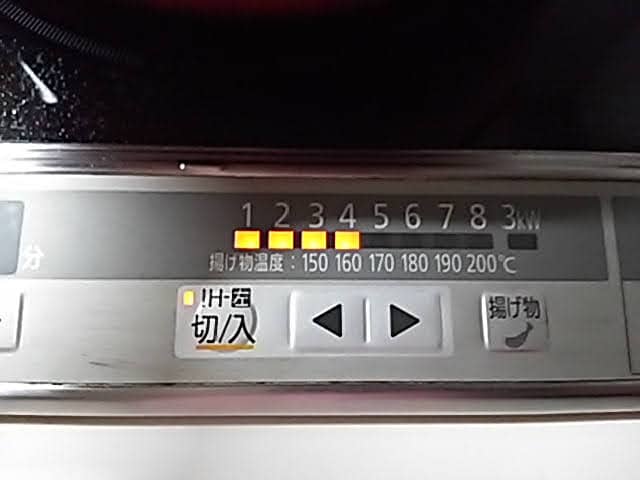
You can cook it on medium heat from the beginning to the end.
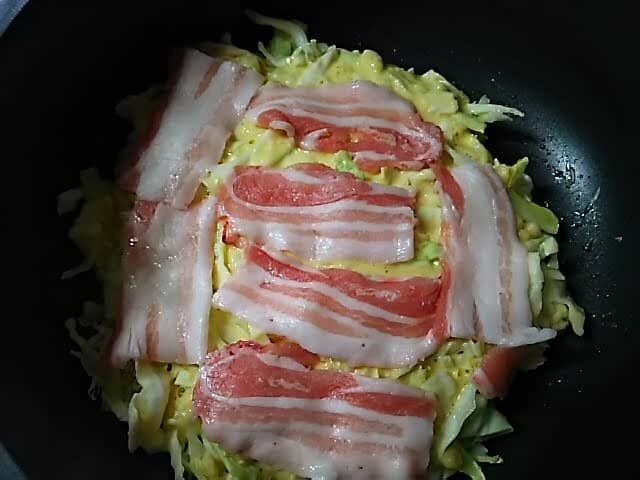
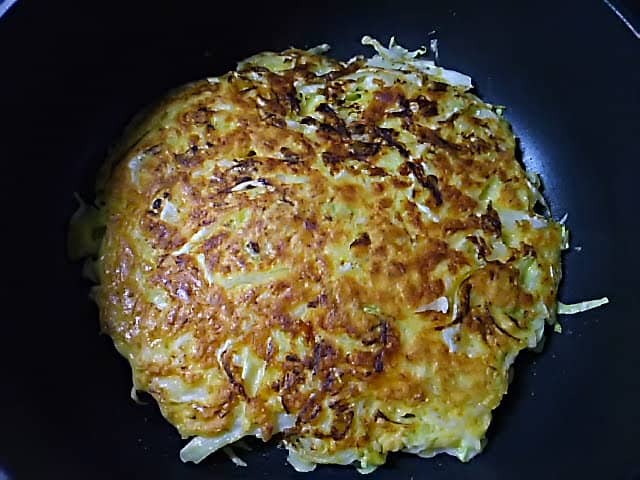
Three minutes later, place the sliced pork on top of the okonomiyaki like this, and frip it over right away.
Wait another three minutes until the pork on the bottom side is nicely crisp, which means it’s done cooking.
As the instruction mentioned, you shouldn’t press the okonomiyaki with a spatula while cooking.
This is essential for making fluffy okonomiyaki.
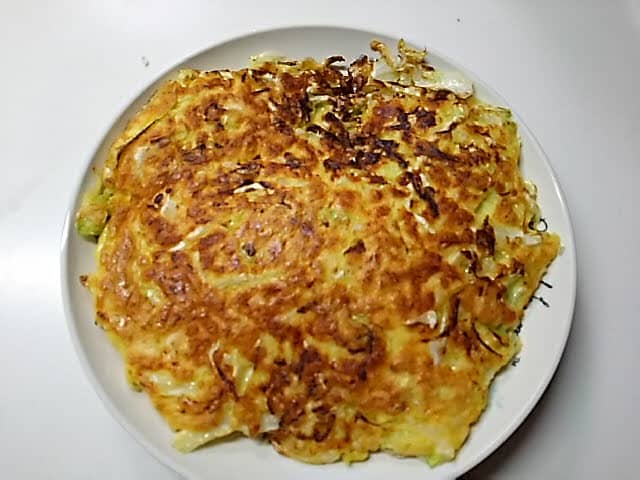
Move it to a plate.
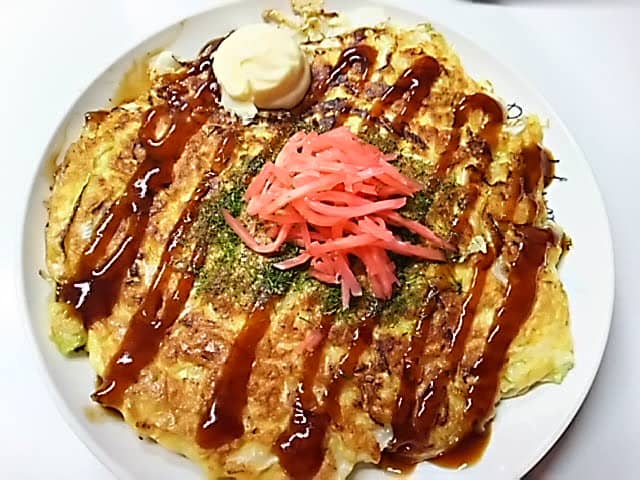
Spread sauce on top.
Place mayonnaise on the corner of the plate.
By doing so, you can enjoy sauce flavor and mayonnaise flavor seraprately.
Sprinkle aonori and beni shoga over the sauce.
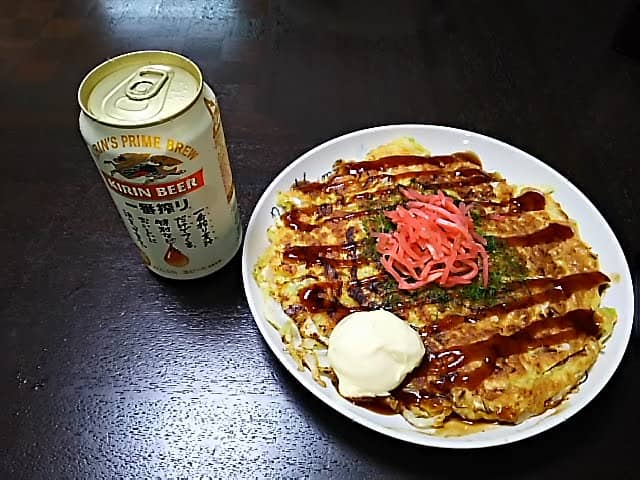
Okonomiyaki goes well with beer.
Voila!
Lastly
You might wonder why you need to put yamaimo into okonomiyaki flour, which already contains yamaimo powder, but I think the difference is obvious if you make okonomiyaki without it.
Personally speaking, yamaimo is a very important ingredient that make okonomiyaki so delicious, and without it it would not be the same.
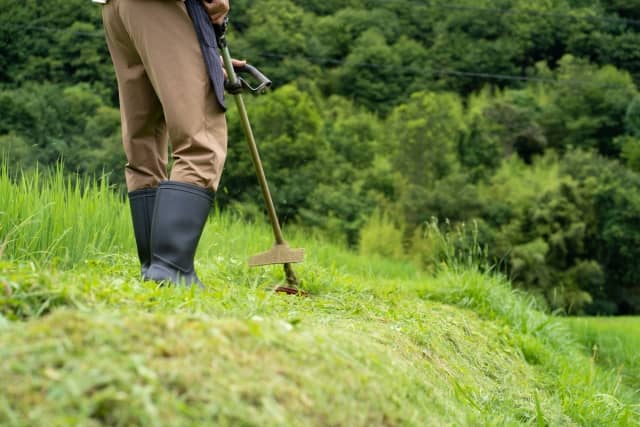





Leave a Reply